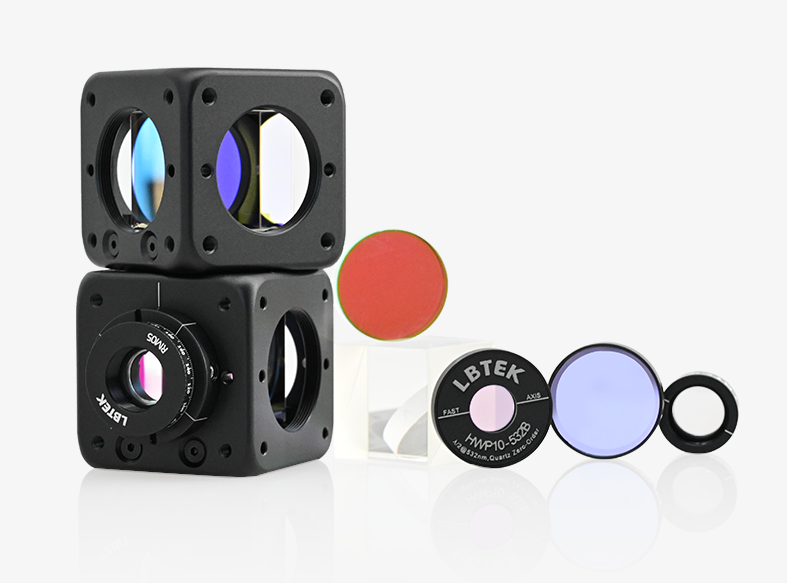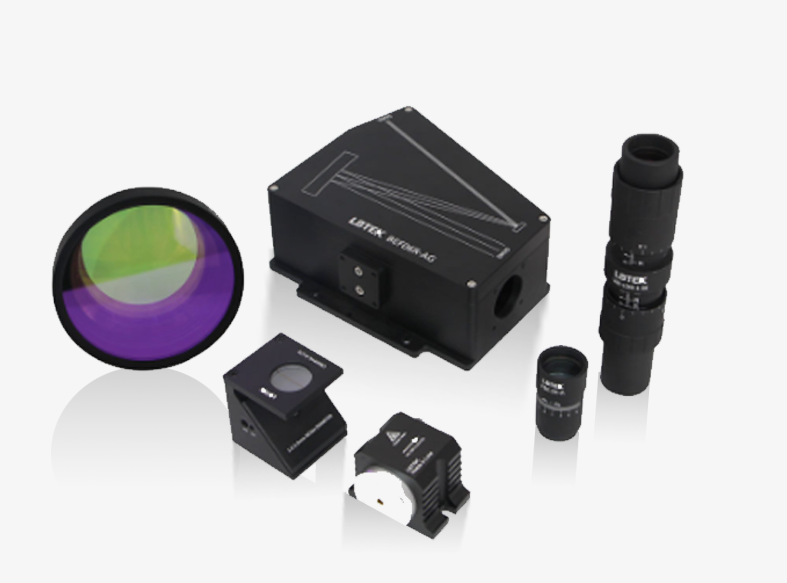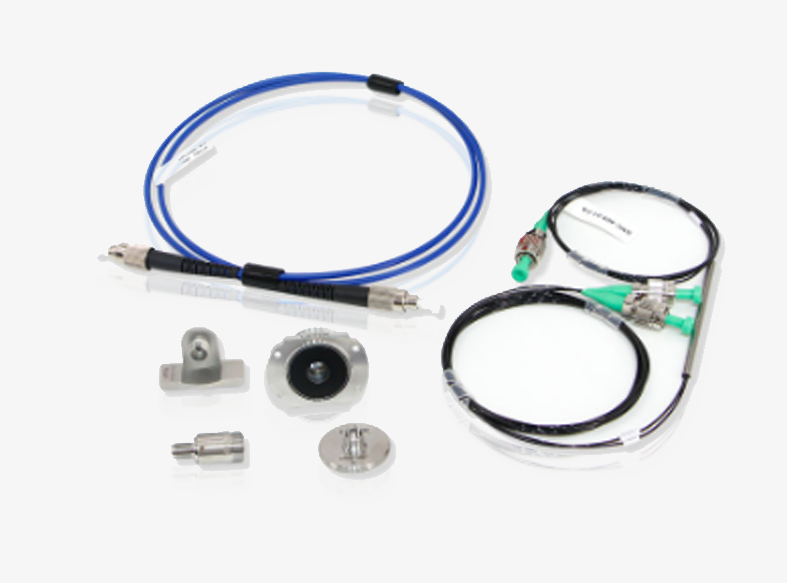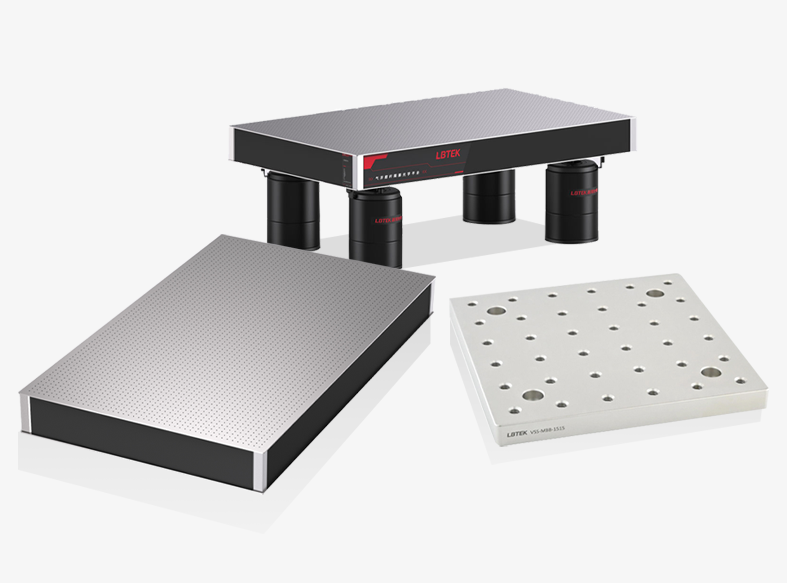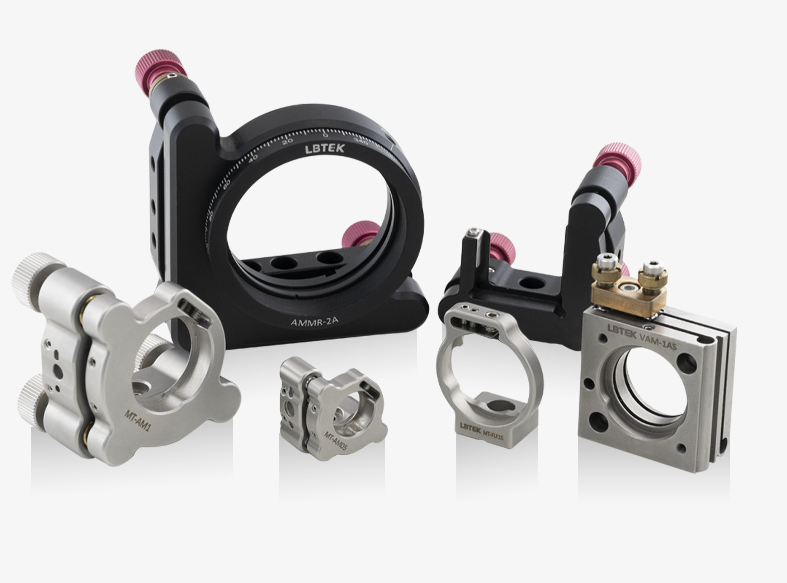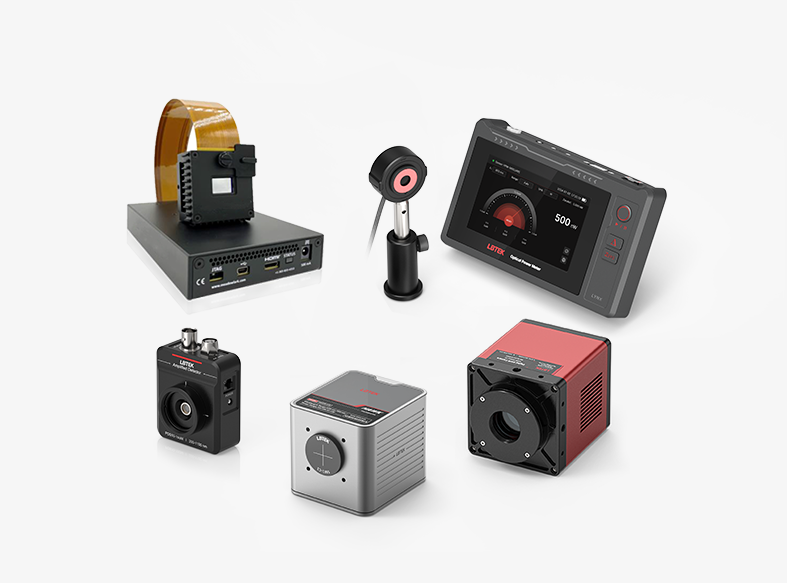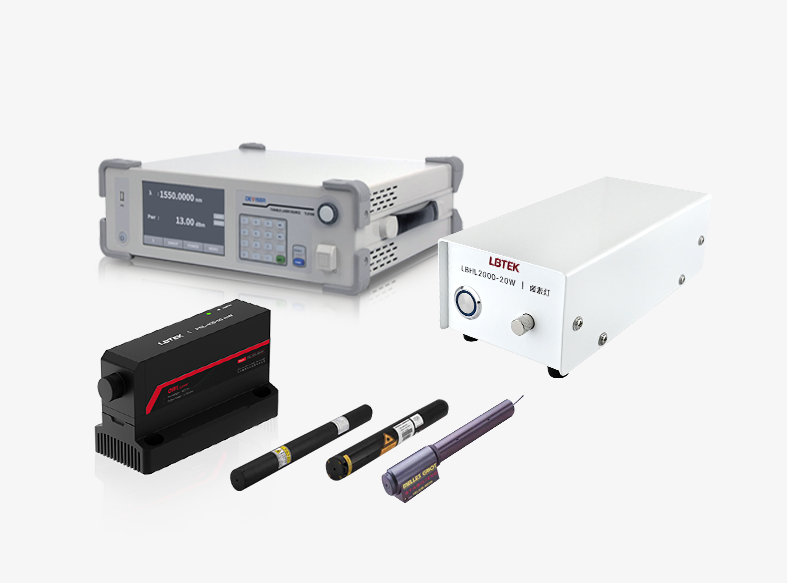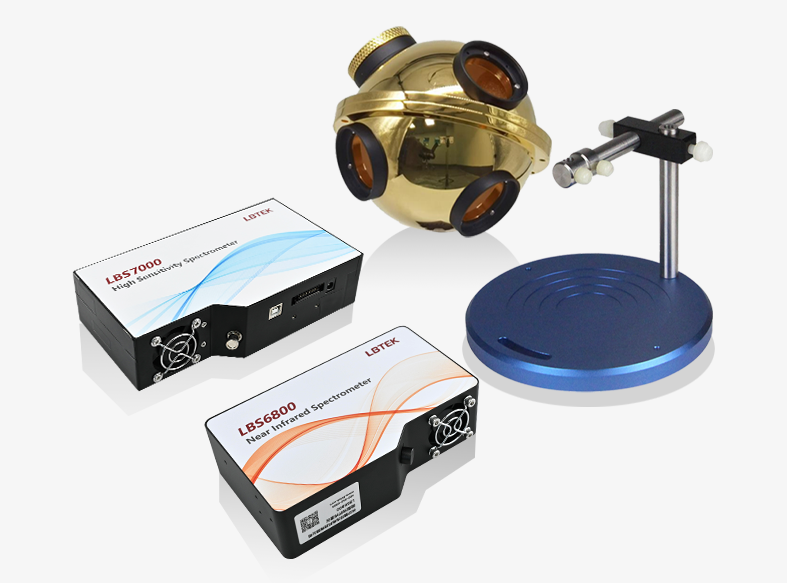- Modular Open Optical Path
- Suitable for classroom teaching and experiments
- Open algorithms, strong visualization
- Comprehensive teaching material system
- Adjustable hardware, rich functionality, superior shading, reliable protection, desktop design, convenient operation
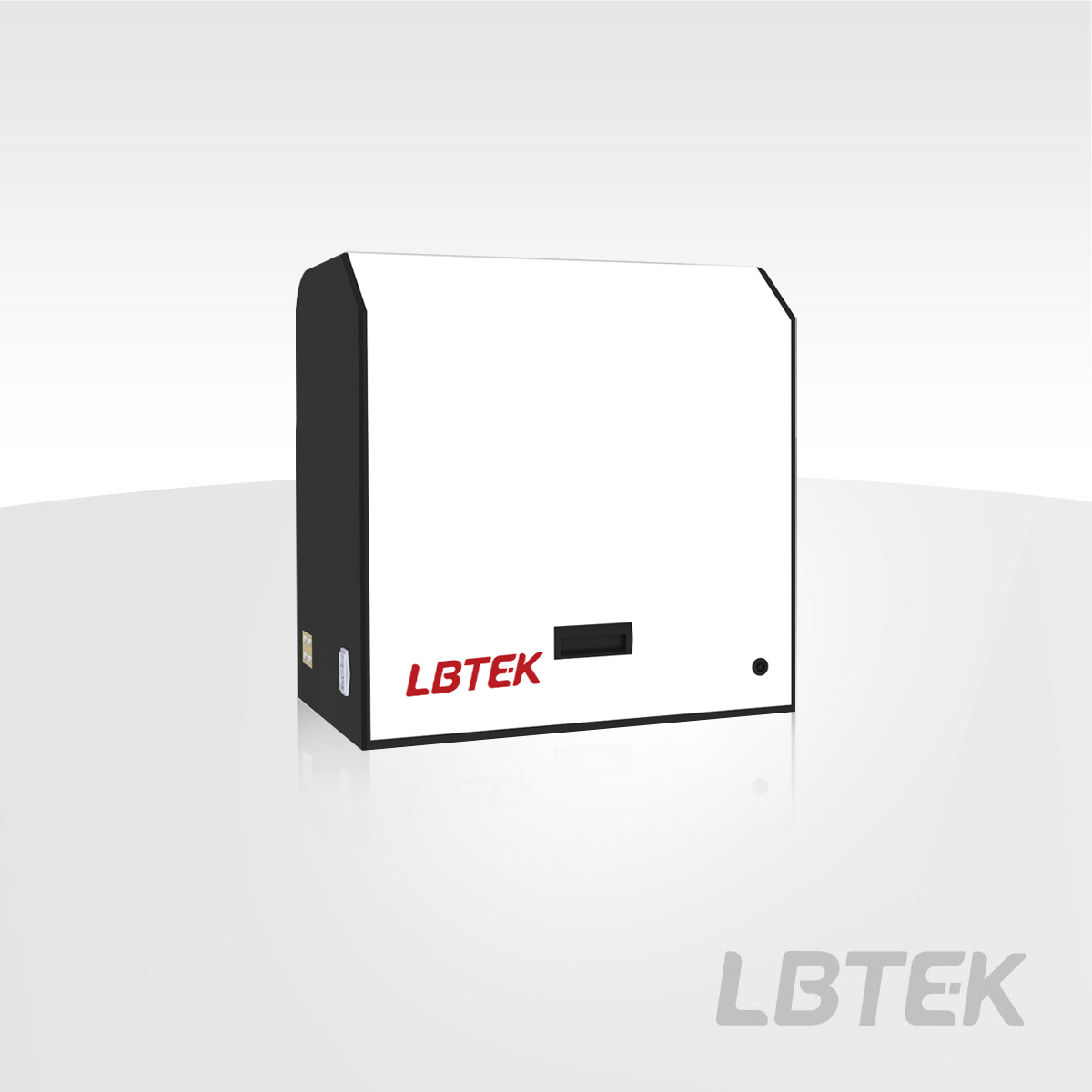
- Demonstrating Light Field Spatial Modulation and Photon Counting Detection
- Illustrating Compressed Sensing Theory and Single-Pixel Imaging Mechanisms
- Conducting Experiments on Modulation Matrix and Reconstruction Algorithm Performance
- Supporting Teaching in Algorithm Programming, Image Reconstruction, and Noise Analysis
The single-pixel photon imaging teaching instrument is a teaching-oriented imaging system based on the compressed sensing imaging principle. This system utilizes a Digital Micromirror Device (DMD) as the core spatial light modulation component, compressing high-dimensional light field information into single-pixel detection signals through random or specific spatial modulation of the incident light field. Combined with the compressed sensing reconstruction algorithm, it can reconstruct high-resolution images with fewer measurements, thereby overcoming the limitations of traditional imaging on multi-pixel detector arrays and the Shannon sampling theorem. The teaching instrument is compact in structure and fully functional, capable of demonstrating advanced computational imaging principles while facilitating student experiments with algorithms and system debugging, offering significant teaching and research value.

Single-Pixel Photon Imaging Diagram
Product Model | Description | Unit Price | Compare | Lead Time | ||
|---|---|---|---|---|---|---|
| LBE-SPI New | For single-pixel photon imaging teaching | Contact | 8 weeks |

